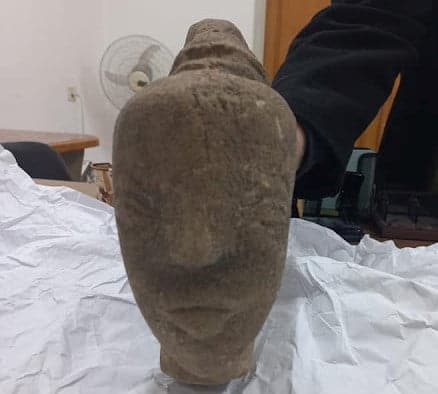The twin-engine Beaufort light bomber was a surprise discovery during a routine survey by a team from the defence force’s Australian Hydrographic Office.
The RAAF 1 Squadron aircraft suffered engine failure during a mission in 1944, according to the Department of Defence.
The chief surveyor of hydrographic and geophysical survey company EGS Charles Collins, who led the team, said the discovery was unexpected.
“We knew of a few shipwrecks in the area but as the sonar image began appearing on the screen it was clear we had found an intact aircraft,” he says.
“From the data, you could clearly make out everything on it and you just wondered what had happened to this aircraft.
“It was thrilling to discover and be a part of,” he says.
Surveying involved using a type of sonar to map the seabed. Images from the survey was clear enough to identify the aircraft type and condition when it landed.
The cockpit’s throttles, gauges and cables were intact along with the engines and propellers. The gun turret and its machine gun was still in place and pointed to port.
HISTORY
Based on the crash report, location and condition of the aircraft, it was identified as Beaufort A9-497 of RAAF 1 Squadron.
Operating out of Gould, about 100km south of Darwin, the aircraft took part in different missions from attacking targets in Japanese-held Timor-Leste to protecting convoys across northern Australia.
On November 26, 1944, the aircraft’s engines failed and it was forced to make an emergency water landing.
All four crew members survived and were rescued the next day.
For now, Beaufort A9-497 will remain undisturbed and will be managed by the Northern Territory Government.






